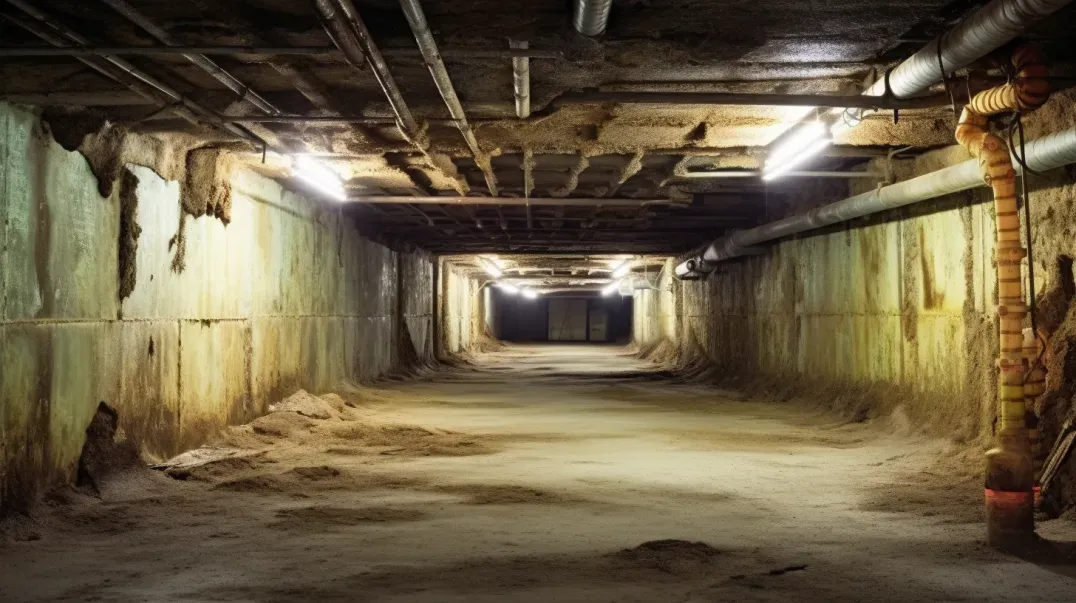The under of our homes lies a space often shrouded in mystery and misunderstanding—the crawl space. This crucial area, responsible for supporting the structural integrity of our homes and influencing indoor air quality, is frequently the subject of misconceptions that can lead to poor maintenance decisions. Crawl space ventilation, in particular, is a topic rife with myths and outdated advice that can compromise the health of your home and its inhabitants. This blog aims to shine a light on the common misconceptions surrounding crawl space ventilation, providing clarity and insight to homeowners navigating the complexities of home maintenance.
From the belief that more ventilation is always better, to the idea that crawl spaces don't affect living spaces, misconceptions about crawl space ventilation abound. These myths persist despite advances in building science and technology that offer a deeper understanding of how crawl spaces interact with the rest of the home. Misguided practices based on these myths can lead to moisture problems, energy inefficiency, and compromised air quality, underscoring the need for accurate information and strategic ventilation solutions.
As we delve into the heart of these misconceptions, we'll explore the truths behind effective crawl space ventilation, debunking myths with evidence-based practices that protect and preserve the health of your home. Whether you're battling humidity in a tropical climate or sealing against the cold in a temperate zone, understanding the realities of crawl space ventilation is key to making informed decisions that enhance comfort, efficiency, and longevity.
Join us as we navigate the misconceptions and uncover the facts about crawl space ventilation, empowering homeowners with the knowledge to create healthier, more resilient living environments. Through this exploration, we aim to dispel the fog of misunderstanding, bringing to light the best practices for managing this often-overlooked but vitally important space beneath our feet.
Unveiling Common Myths
Crawl spaces, the hidden foundations of our homes, are often misunderstood, leading to widespread myths about their care and maintenance. Among these, misconceptions about ventilation stand out, influencing homeowners to make decisions that could compromise the health of their home. This section aims to unveil and debunk two of the most common myths, shedding light on the facts about crawl space ventilation.
Myth 1: Ventilation is Unnecessary in Crawl Spaces
Fact: The Crucial Role of Ventilation in Moisture Control and Structural Integrity
One pervasive myth is the belief that crawl spaces do not require ventilation. This misconception stems from a misunderstanding of the crawl space's role in the overall health of the home. In reality, ventilation plays a vital role in controlling moisture levels within crawl spaces. Without proper ventilation, moisture can accumulate, leading to mold growth, wood rot, and a host of other issues that threaten the structural integrity of the home. Ventilation helps to circulate air, remove excess moisture, and maintain a dry environment that supports the longevity and stability of the home's foundation.
Myth 2: More Ventilation is Always Better
Fact: The Balance Between Adequate Ventilation and Energy Efficiency
Another common myth is the idea that when it comes to ventilation, more is always better. While adequate ventilation is essential, over-ventilating can lead to its own set of problems, including energy inefficiency and the introduction of humid air into the crawl space during warmer months, which can exacerbate moisture issues. The key is to find a balance that provides enough ventilation to keep the crawl space dry without compromising the home's energy efficiency. This balance often involves the use of controlled ventilation systems, such as dehumidifiers or conditioned air supply systems, that can adapt to changing conditions and maintain optimal moisture levels without overburdening the home's heating and cooling systems.
Unveiling these myths is crucial for homeowners to understand the importance of properly managing crawl space ventilation. By recognizing the need for balanced, controlled ventilation, homeowners can protect their homes from moisture-related damage, ensure structural integrity, and maintain energy efficiency. The truth behind these myths highlights the importance of a nuanced approach to crawl space care, one that respects the delicate interplay between ventilation, moisture control, and energy conservation.
Misconceptions About Vent Types and Placement
In the realm of crawl space ventilation, decisions about vent types and their placement are critical. Yet, misconceptions abound, leading to suboptimal choices that can affect a home's air quality, moisture levels, and even energy efficiency. This section aims to dispel two common myths regarding vent types and placement, providing clarity to homeowners seeking to optimize their ventilation systems.
Myth 3: All Vent Types are Equally Effective
Fact: Pros and Cons of Different Vent Types and Their Suitability for Various Climates
A common misconception is that all vent types offer the same level of effectiveness in crawl space ventilation. In reality, the efficiency of vent types varies significantly depending on their design, the materials used, and the specific climate conditions they are exposed to. For instance:
- Foundation Vents: Often used in humid climates, these allow for natural air flow but may not be effective in areas with extreme humidity without supplemental dehumidification.
- Powered Vents: Equipped with fans, these vents actively expel moist air from the crawl space. While more effective in controlling humidity, they require energy to operate and may increase utility costs.
- Vapor Barrier Vents: Designed to work in conjunction with vapor barriers, these vents help in minimizing ground moisture evaporation into the crawl space. They are particularly useful in damp climates but must be correctly installed to be effective.
Understanding the specific benefits and limitations of each vent type allows homeowners to choose the most suitable option for their climate and home's needs, ensuring effective moisture control and ventilation.
Myth 4: Vent Placement Doesn't Matter
Fact: The Importance of Strategic Vent Placement for Optimal Airflow
Another widespread myth is that the placement of vents in a crawl space is inconsequential. However, strategic vent placement is crucial for achieving optimal airflow and ensuring effective ventilation. Proper placement can enhance natural ventilation by taking advantage of prevailing winds and the home's natural air flow patterns. Key considerations include:
- Ensuring Cross Ventilation: Vents should be placed on opposite sides of the crawl space to facilitate cross ventilation, allowing fresh air to enter from one side and exit through the other, effectively removing moist air.
- Avoiding Obstructions: Vents must be clear of obstructions both inside and outside the crawl space to ensure unimpeded air flow.
- Height Considerations: The placement of vents relative to the ground and the crawl space floor can impact their effectiveness in preventing moisture intrusion and promoting air circulation.
By debunking these myths, homeowners can make informed decisions about vent types and placement, optimizing their crawl space ventilation system for better moisture control, air quality, and overall home health.
Debunking Beliefs About Moisture and Humidity
Misunderstandings about moisture and humidity in crawl spaces can lead to inadequate or improper management strategies, potentially compromising the structural integrity of homes and the health of their inhabitants. This section aims to debunk two prevalent myths regarding crawl space humidity and the use of vapor barriers, offering homeowners a clearer understanding of how to effectively manage moisture in their homes.
Myth 5: Crawl Space Humidity is Purely a Summer Issue
Fact: Year-round Challenges of Humidity Control and the Impact of Seasonal Changes
Many homeowners believe that humidity in crawl spaces is a concern exclusive to the summer months when temperatures rise, and the air holds more moisture. However, humidity control in crawl spaces presents year-round challenges, influenced by seasonal changes and varying weather conditions.
- Winter Concerns: In colder months, the difference in temperature between the warm interior of a home and the cold crawl space can lead to condensation, as moisture in the warmer air condenses on cooler surfaces in the crawl space. This can create an environment conducive to mold growth and wood rot, even in the absence of traditional "humidity."
- Spring and Fall: Transitional seasons often bring fluctuating temperatures and humidity levels, requiring vigilant moisture management to prevent the accumulation of dampness in crawl spaces.
Understanding that crawl space humidity is not just a summer issue but a year-round concern is crucial for implementing effective moisture control strategies that protect homes across all seasons.
Myth 6: Vapor Barriers Trap Moisture
Fact: The Role of Vapor Barriers in Moisture Management and Protection
The misconception that vapor barriers trap moisture inside crawl spaces, exacerbating humidity problems, is widespread. In reality, when properly installed, vapor barriers play a critical role in moisture management and protection of the crawl space.
- Moisture Prevention: Vapor barriers are designed to prevent ground moisture from evaporating into the crawl space air. By covering the ground, they reduce the amount of moisture that can enter the crawl space environment, helping to maintain lower humidity levels.
- Protection: Beyond controlling humidity, vapor barriers protect the structural components of the crawl space from moisture-related damage, such as wood rot and corrosion, contributing to the overall integrity and longevity of the home.
The effectiveness of vapor barriers in managing moisture underscores the importance of correct installation and coverage. When used as part of a comprehensive moisture control strategy, vapor barriers can significantly improve the health and durability of crawl spaces.
Clarifying Misunderstandings About Energy Efficiency
Energy efficiency in homes is a critical concern for homeowners looking to reduce utility costs and minimize their environmental footprint. However, misconceptions about how crawl space ventilation and sealing impact energy efficiency can lead to decisions that do not optimize the health and performance of the home. This section aims to clarify these misunderstandings, shedding light on the nuanced relationship between crawl space management and energy efficiency.
Myth 7: Crawl Space Ventilation Wastes Energy
Fact: Energy-efficient Ventilation Solutions and Their Benefits
The belief that ventilating a crawl space inherently leads to wasted energy stems from concerns about heating and cooling loss. While improper ventilation can indeed result in energy inefficiencies, modern, energy-efficient ventilation solutions are designed to minimize these losses while ensuring adequate moisture control and air quality.
- Energy Recovery Ventilators (ERVs) and Heat Recovery Ventilators (HRVs): These systems can ventilate crawl spaces effectively without significant energy loss by transferring heat (and in the case of ERVs, moisture) between incoming and outgoing air streams. This process maintains a comfortable indoor climate more efficiently, reducing the need for additional heating or cooling.
- Conditioned Air Supply: Integrating crawl space ventilation with the home's HVAC system, using a small amount of conditioned air to ventilate the space, can help maintain temperature and humidity levels without introducing unconditioned outdoor air.
These energy-efficient solutions demonstrate that proper crawl space ventilation can be achieved without compromising on energy savings, contributing to a healthier home environment and lower utility bills.
Myth 8: Sealing Off Crawl Spaces Saves More Energy
Fact: The Need for a Balanced Approach to Sealing and Ventilation
Another common misconception is that the best way to improve energy efficiency is by completely sealing off the crawl space. While sealing can reduce unwanted air exchange and moisture intrusion, a completely sealed crawl space without adequate ventilation or moisture control mechanisms can lead to air quality issues and moisture accumulation.
- Balanced Ventilation and Sealing: A balanced approach involves sealing gaps and leaks that lead to energy loss while providing controlled ventilation to manage moisture. This can include the use of vapor barriers, insulated doors, and vents equipped with dampers for seasonal adjustment.
- Moisture Control: Sealing should be complemented with moisture control strategies, such as dehumidification, to prevent the buildup of humidity in the sealed crawl space, which can damage the home structure and negatively impact indoor air quality.
Adopting a balanced approach to crawl space sealing and ventilation ensures that energy efficiency goals do not compromise the overall health and durability of the home. By understanding and implementing energy-efficient ventilation solutions and recognizing the importance of strategic sealing, homeowners can achieve optimal energy performance and a healthy living environment.
Addressing Misconceptions About Maintenance and Health
Crawl spaces, often out of sight and out of mind, are subject to a range of misconceptions that can lead to neglect and subsequent issues affecting the entire home. Among these, the beliefs that crawl spaces are self-sustaining and that their conditions have no impact on indoor air quality are particularly detrimental. This section aims to correct these misunderstandings, underscoring the importance of proactive maintenance and acknowledging the significant influence of crawl space health on the home's environment.
Myth 9: Crawl Spaces are Self-Sustaining
Fact: The Necessity of Regular Inspections and Maintenance
A common misconception is that once constructed, crawl spaces require little to no attention to remain in good condition. This belief can lead to neglected maintenance, allowing problems such as moisture buildup, mold growth, and structural decay to develop unnoticed.
- Regular Inspections: Conducting regular inspections of the crawl space is crucial for identifying potential issues early on. Homeowners should look for signs of moisture, pest infestations, insulation damage, and any changes in the structure that may indicate problems.
- Proactive Maintenance: Beyond inspections, proactive maintenance tasks such as cleaning vents, ensuring vapor barriers are intact, and addressing any water intrusion promptly can prevent minor issues from escalating into major problems.
Acknowledging that crawl spaces require ongoing attention and maintenance is key to preserving the structural integrity of the home and ensuring a healthy living environment above.
Myth 10: Crawl Space Conditions Don't Affect Indoor Air Quality
Fact: The Connection Between Crawl Space Health and Overall Home Air Quality
Another widespread myth is the belief that the condition of the crawl space has no impact on the home's indoor air quality. This misconception overlooks the fact that air from the crawl space can migrate into living spaces, carrying with it any contaminants present.
- Stack Effect: The stack effect, a natural process of air movement within buildings, can draw air from the crawl space into the main living areas. If the crawl space air contains mold spores, excessive moisture, or other pollutants, these can negatively affect the home's overall air quality.
- Health Implications: Poor air quality stemming from crawl space conditions can contribute to a range of health issues for the occupants, including allergies, respiratory problems, and other ailments related to mold and dampness.
Understanding the direct link between the health of the crawl space and the air quality within the home highlights the importance of maintaining a clean, dry, and well-ventilated crawl space as part of a comprehensive approach to ensuring a healthy indoor environment.
FAQs
-
Is crawl space ventilation wasteful of energy?
Not when done correctly. Energy-efficient ventilation solutions, like ERVs or HRVs, can provide adequate ventilation without significant energy loss.
-
Can indoor air quality be affected by crawl spaces?
Yes, the condition of the crawl space can significantly impact the home's overall air quality due to the stack effect and air movement.
-
Are crawl spaces self-maintaining?
No, crawl spaces require regular inspections and maintenance to address issues like moisture, mold, and structural damage promptly.
-
Does sealing a crawl space save energy?
Sealing can improve energy efficiency, but it must be balanced with proper ventilation to prevent moisture buildup and ensure healthy air quality.
-
Do vapor barriers trap moisture inside?
No, when properly installed, vapor barriers help prevent ground moisture from entering the crawl space, contributing to a drier environment.
Contact Trench Guys Today!
Trench Guys will do everything we can to ensure your experience with us is excellent.
Request A FREE Estimate
Request a Free Estimate Form
We will get back to you as soon as possible.
Please try again later.
Checkout Recent Post
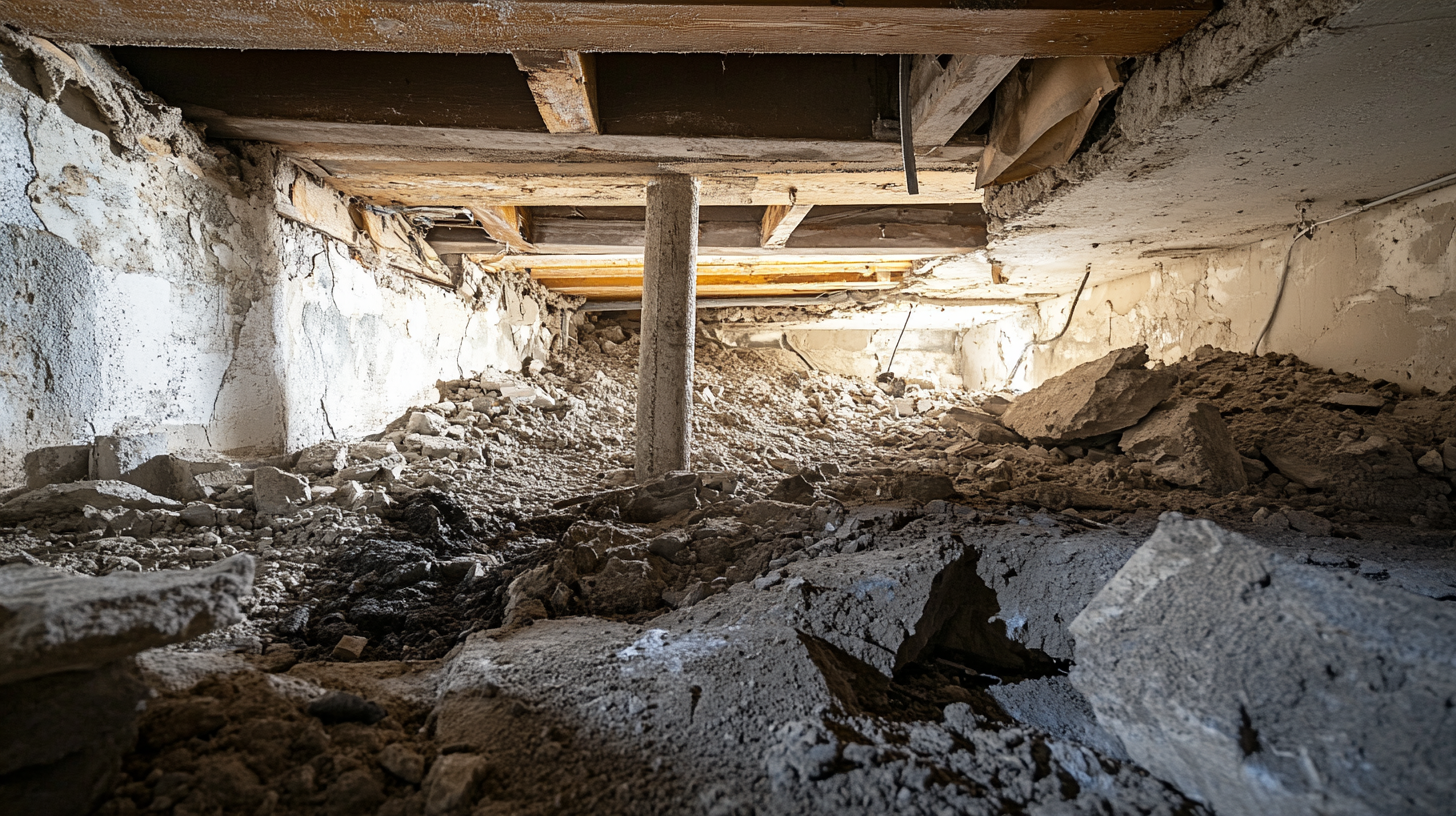
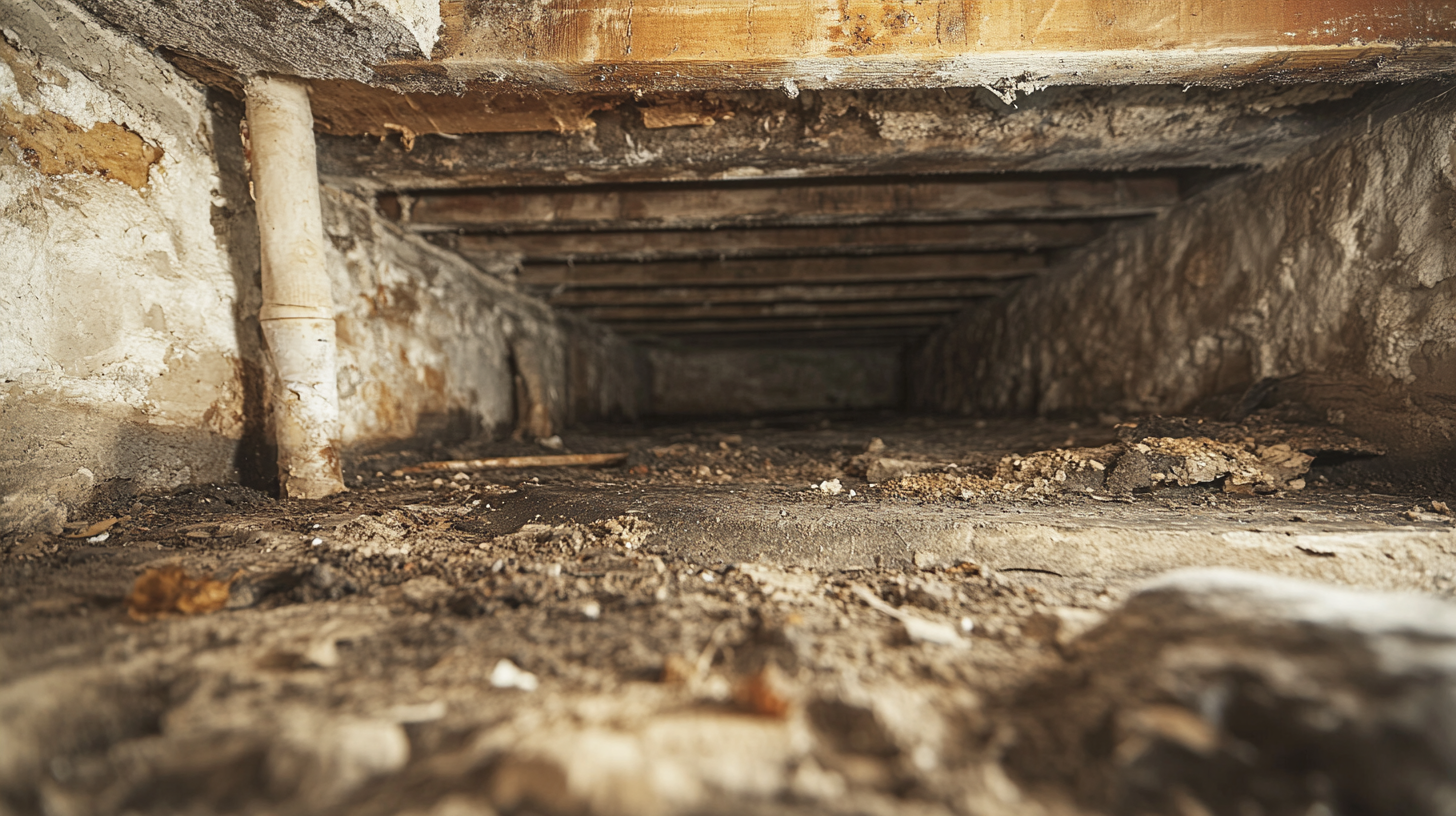
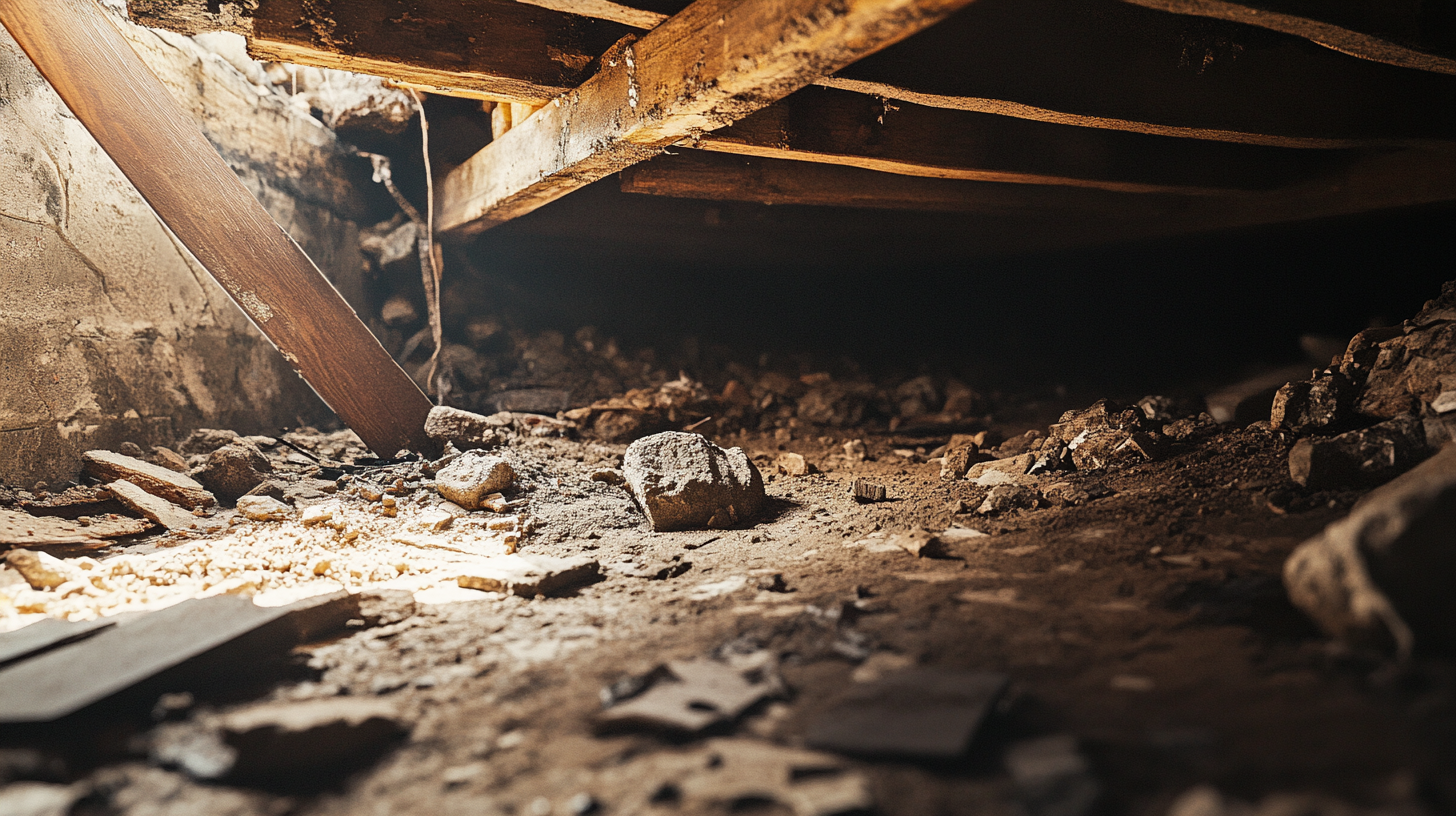
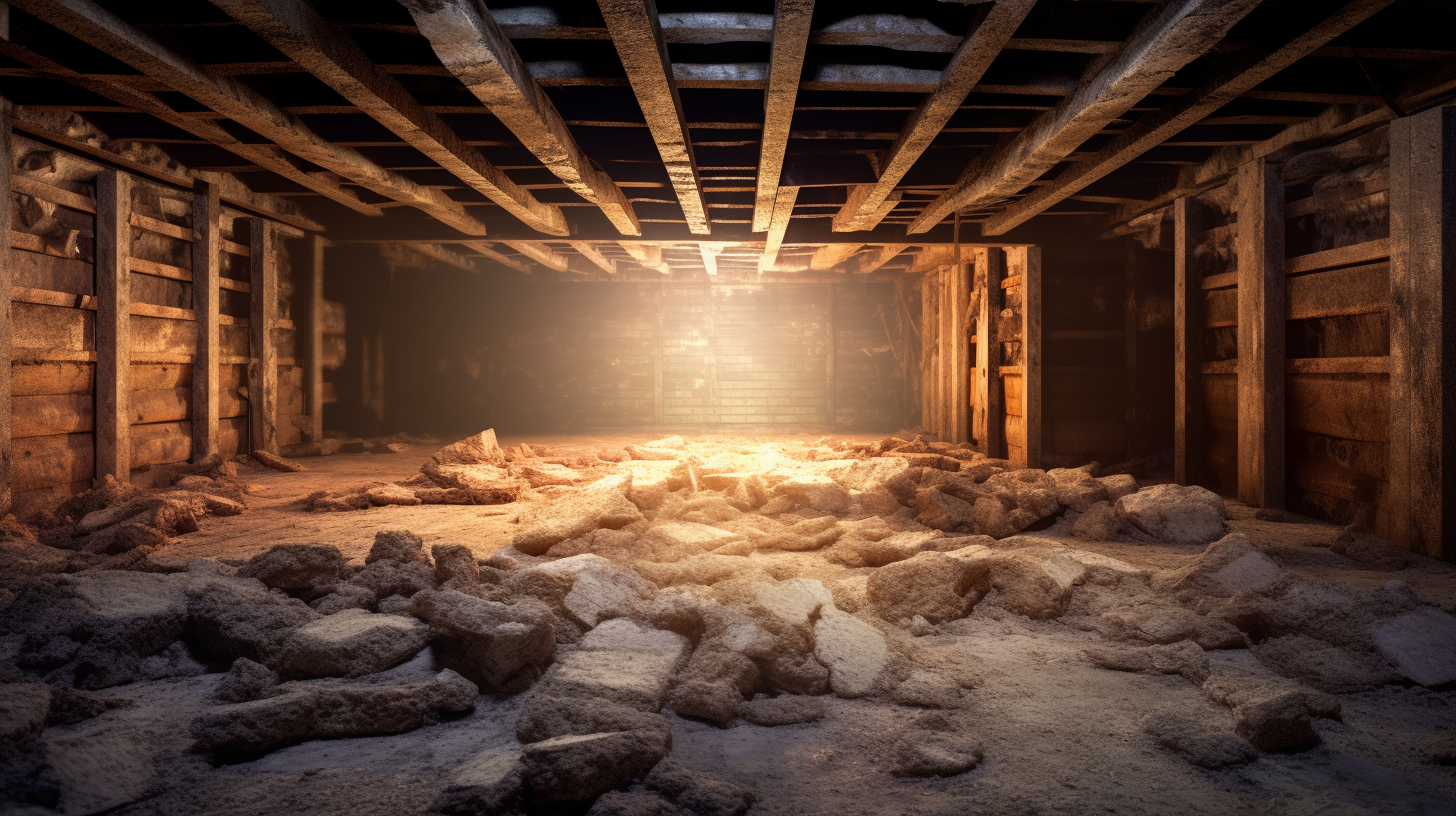
Got a Question? We’re Here to Help.
You can arrange an appointment or make an enquiry by phone or email, orget in touch to us via our contact form.
Looking for a reliable and professional company to take care of your crawl space, basement and gutter needs? Look no further than Trench Guys! We have years of experience in the industry and can provide you with top-quality services at a competitive price. Contact us today to get started!
CONTACT INFORMATION
Phone: 478-236-6403
Email: Wedigmiddlega@gmail.com
Address: Macon, GA
Business Hours:
Mon-Fri: 6:00 AM - 5:00 PM
Sat-Sun: Closed
ADDITIONAL INFORMATION
Us Across The Web
Geo
Neighborhoods
Niche
All Rights Reserved | Trench Guys
Privacy Policy | Terms & Conditions | Sitemap


